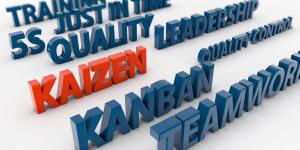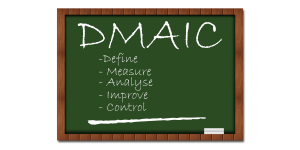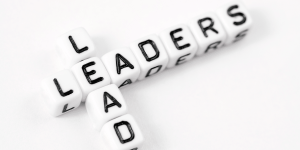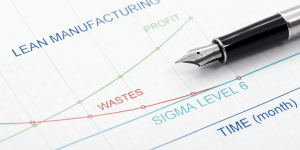Kaizen is a Japanese word that means “continuous improvement.” It is a philosophy that emphasizes the importance of making small, incremental changes to improve efficiency, quality, and productivity. Kaizen practices can be applied to any area of an organization, including the workplace. In this blog post, we will discuss five Kaizen practices for improving workplace efficiency.
Standardize Work Processes
Standardizing work processes involves creating a standard method for performing a task or activity. This method should be documented, communicated to all relevant stakeholders, and reviewed regularly for improvement. By standardizing work processes, employees can work more efficiently and effectively, reduce errors, and improve quality.
For example, if your team creates reports every month, standardizing the process might involve creating a template for the report, establishing a set of guidelines for data entry, and defining the roles and responsibilities of each team member involved in the report creation process.
Eliminate Waste
Waste is anything that does not add value to a process or activity. Eliminating waste involves identifying and removing activities or processes that do not contribute to the final product or service. This can include reducing unnecessary steps, minimizing waiting time, and eliminating defects or errors.
One way to identify waste is to conduct a value stream mapping exercise. This involves mapping out the entire process or activity, from start to finish, and identifying areas where waste occurs. Once waste has been identified, it can be eliminated or minimized through process improvement initiatives.
Implement Visual Management
Visual management involves using visual cues, such as charts, graphs, and displays, to communicate information about a process or activity. This can help employees to understand the status of a project, identify areas for improvement, and track progress.
For example, a visual management board might be used to track the progress of a project. The board might include sections for tasks that are in progress, tasks that are completed, and tasks that are overdue. This can help employees to understand the status of the project at a glance, and identify areas where additional resources may be required.
Empower Employees
Empowering employees involves giving them the authority and responsibility to make decisions that impact their work. This can help to improve workplace efficiency by reducing delays and increasing responsiveness to customer needs.
For example, if a customer has a problem with a product or service, empowering employees to resolve the issue without having to escalate it to a manager can help to reduce response times and improve customer satisfaction.
Continuously Improve
Continuous improvement is the process of continually identifying and making small, incremental improvements to a process or activity. This involves regularly reviewing processes and activities, identifying areas for improvement, and implementing changes.
For example, a team might conduct a weekly review of their work processes and identify areas for improvement. They might then implement small changes, such as reducing the number of steps in a process, and monitor the impact of these changes over time.
In summary, applying Kaizen practices can help to improve workplace efficiency by standardizing work processes, eliminating waste, implementing visual management, empowering employees, and continuously improving. By making small, incremental changes over time, organizations can improve productivity, quality, and customer satisfaction.
Related Articles:












